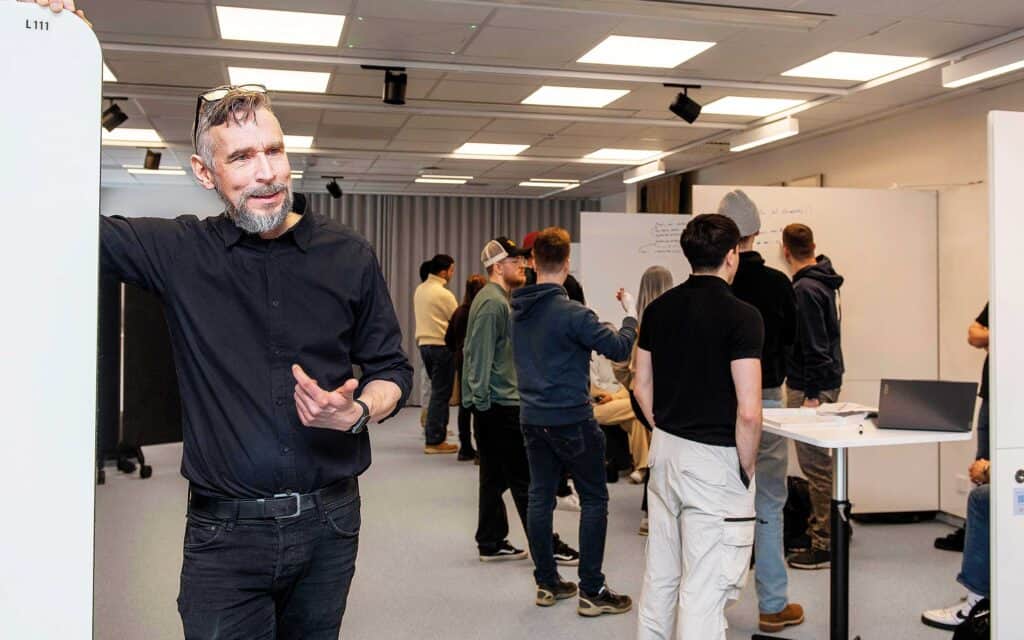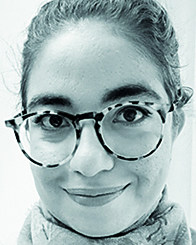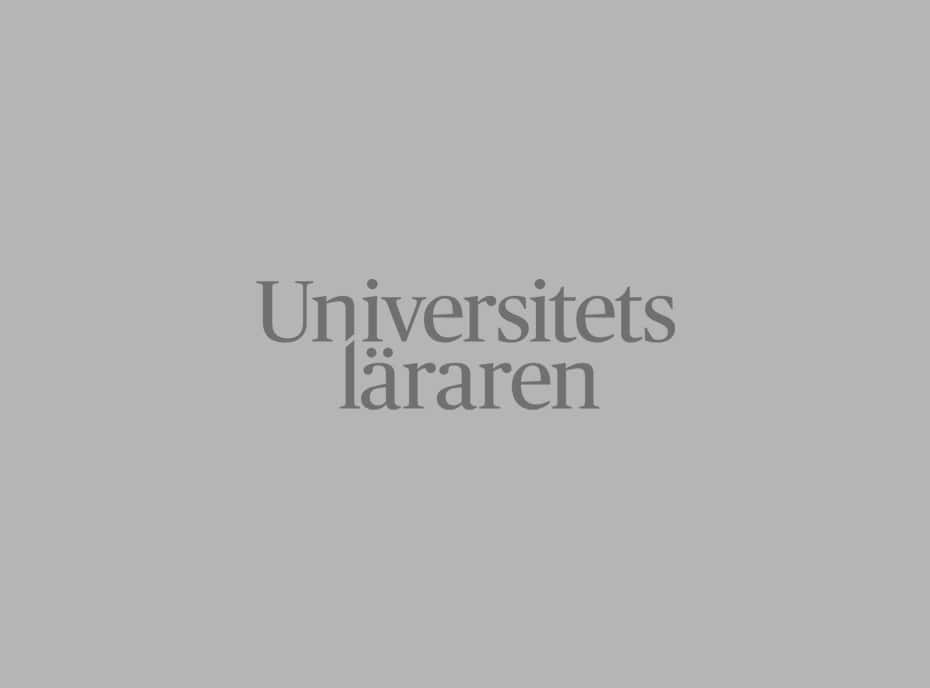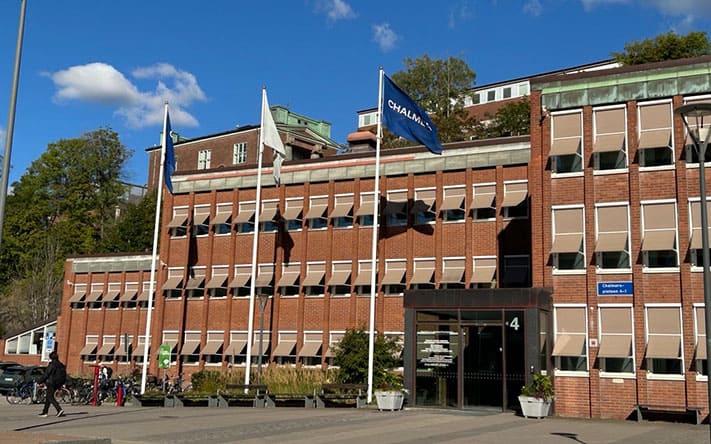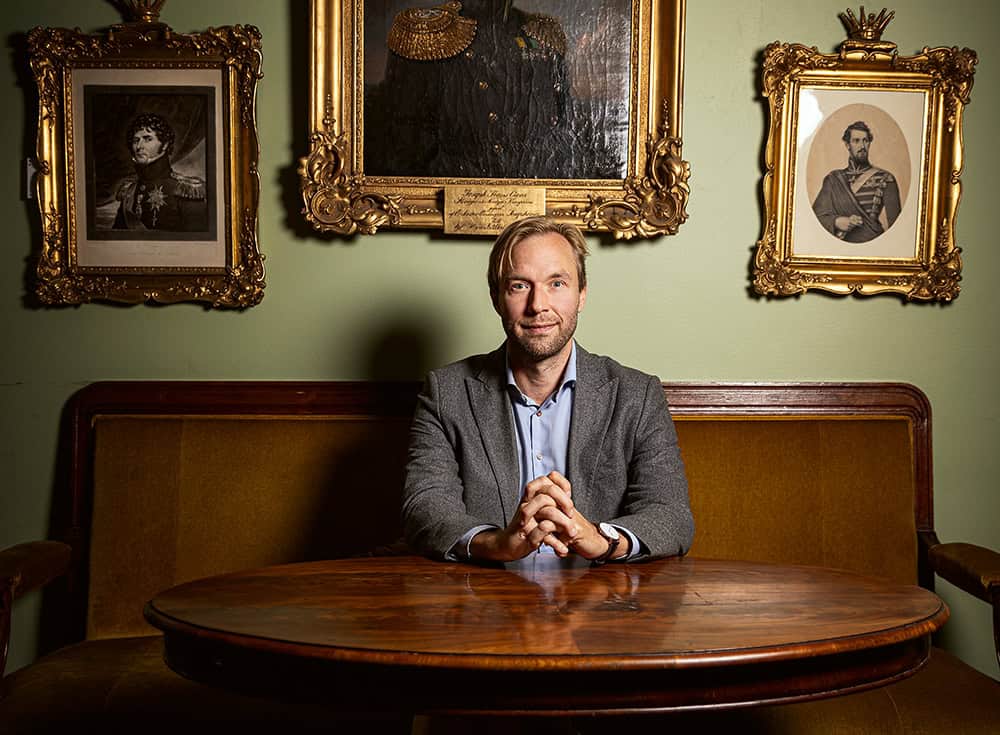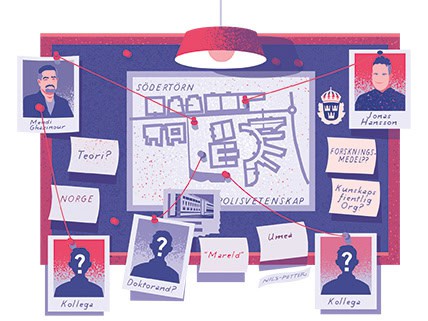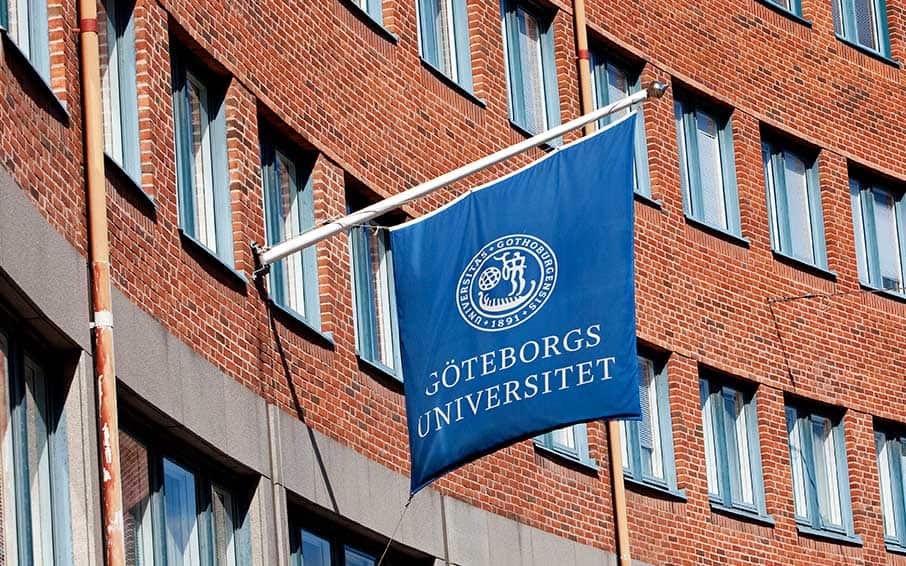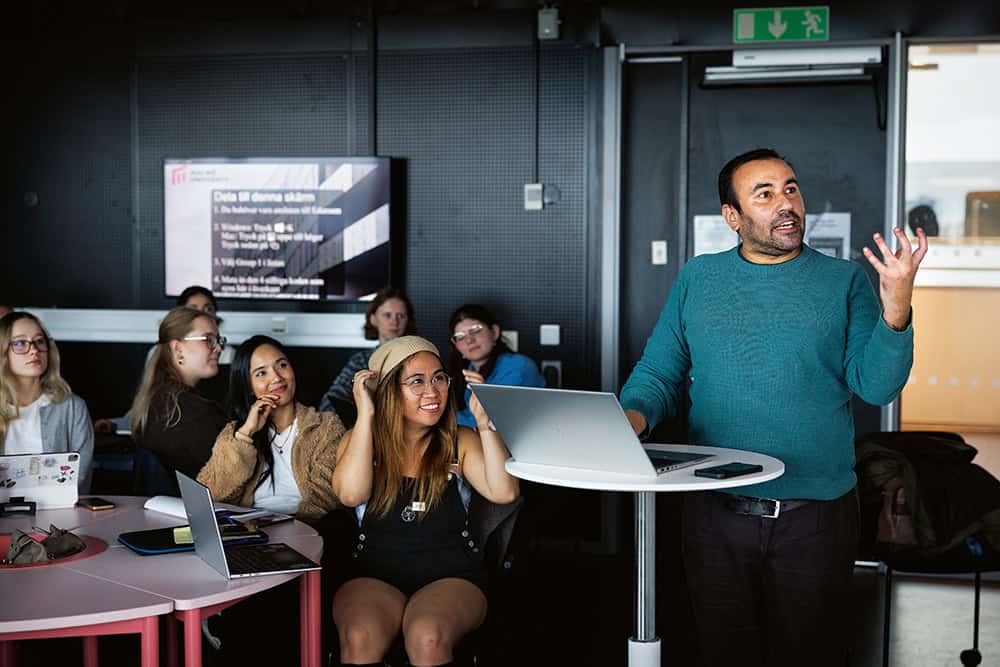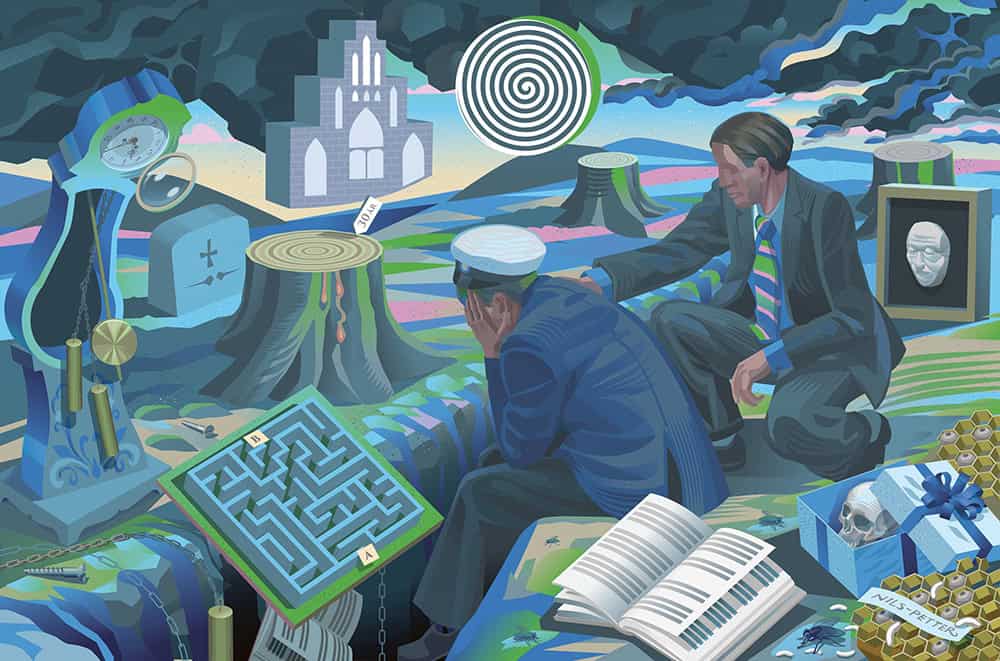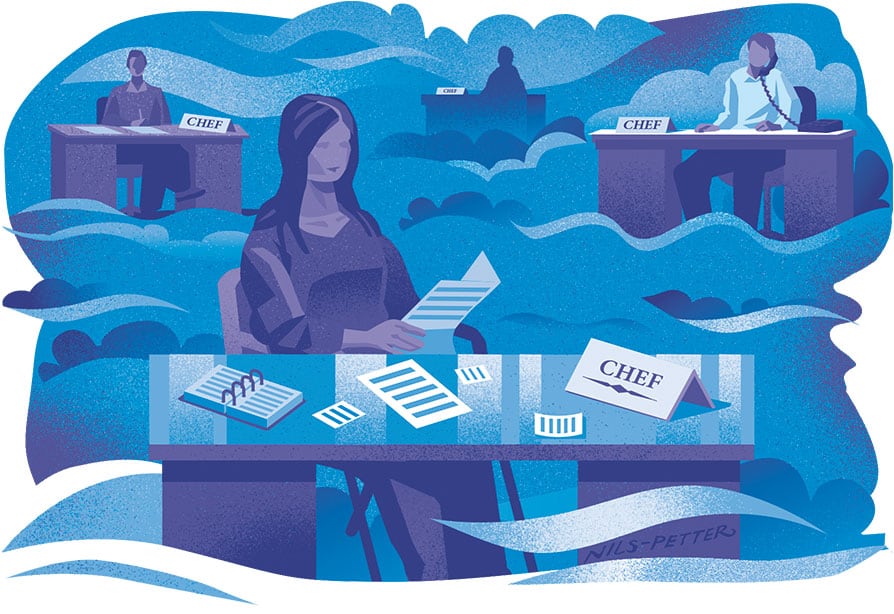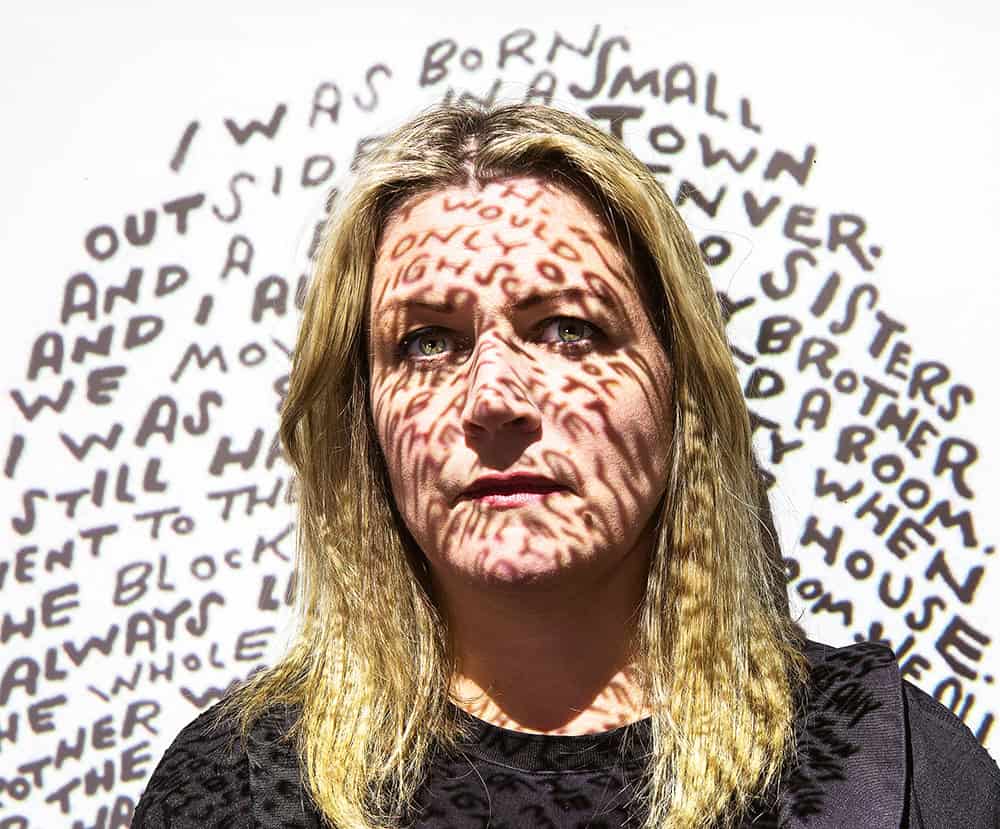Next morning I woke up early. I hurried to the international office at Mid-Sweden University, where I was admitted to an MSc programme. The lady at the office, now my colleague Catherine, called someone and few minutes later a tall man with glasses showed up. He said hello and we shook hands. He said ”Let me show you the labs and classrooms.” I was very happy to meet my first classmate. He explained lots of things and answered all my questions. Then he took me to an office and said ”This is my office.” I read the sign on the door – Professor Bengt Oelmann. Professor?
A professor just took the time to casually show me around? Not a classmate, not a student? I was very surprised and embarrassed. Are you reading this Bengt?
In the days that followed, to my surprise, I got to know a lot of things which are unbelievably different to how they are in Bangladesh, the country I come from. In Sweden, everyone is called by their first names. I was told that it wasn’t necessary to address a teacher as Sir, Professor or Dr… I do not have to send emails to my course teachers asking for an appointment before I knock on their door. Neither do I need to let my teachers go first while queueing in the university restaurants, or leave my seat if I see them standing. It really makes life easier.
Where I come from, the teacher-student relationship is a hierarchical, power relationship. You must respect your teachers, which is often fear in disguise. For example fear of being ridiculed or being yelled-at for asking the wrong question. Or just any question. This distorts the knowledge-sharing environment, or could even destroy it completely.
Years later, as a teacher myself now, when I think about the non-hierarchical nature of Swedish academia (or Swedish society in general), I realize that this exerts beneath-the-surface, beneficial effects on the learning process. I remember, during my first months in Sweden, my teachers corrected me when I addressed them as Sir. They smiled and suggested to call them by their first names. This gave me an immediate ”team” feeling. Rather than a very narrow channel of information exchange as is the case in a hierarchical teaching environment, I experienced a broader sense of knowledge exchange within the team. A team that includes teacher and students aimed at collective enrichment. Throughout my studies, learning resources were easily accessible and teachers were always available for friendly discussions. It was OK to ask questions, make mistakes, to be little late for that 8 o’clock lecture on Monday after a heavy weekend and also, casually, sneak into different research labs to see what they were doing and how they were doing it.
This open, yet very connected, learning environment gave me a feeling that I was a part of something big, which later helped me to find my place as a doctoral candidate in a research group at my university.
Now, when I first meet new students from certain parts of the world, I understand their behaviour. After they call me Sir, I smile and tell them that Sir is not my name. I have a name and they should call me by that.
Some students can’t even believe at first, others can. However, the changes in their faces show that they feel they are now a part of ”the big-picture”, in a non-hierarchical society far, far away from home.
Reza Salim
Research Scientist,
Mid-Sweden University
Vice-chairman, SULF’s association of doctoral candidates, SDF
